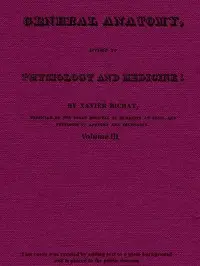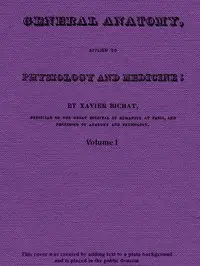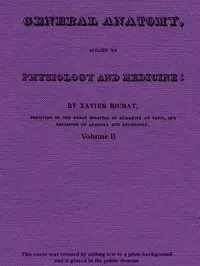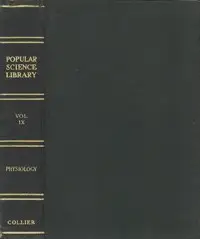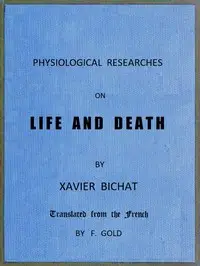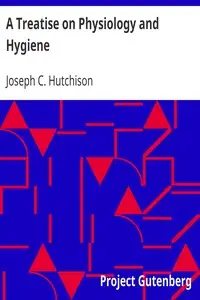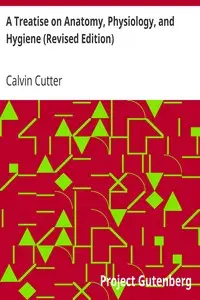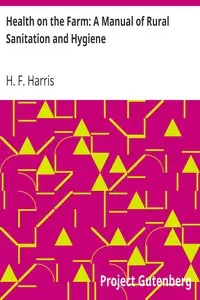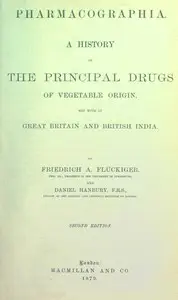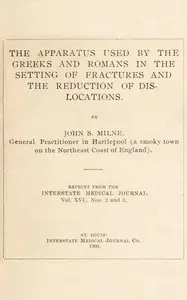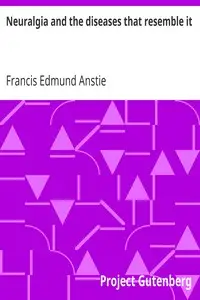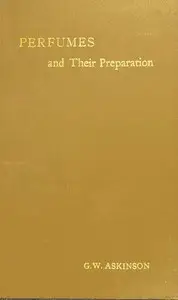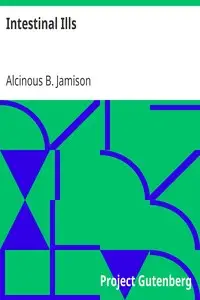"Treatise on the Anatomy and Physiology of the Mucous Membranes" by Xavier Bichat is a scientific exploration from the 1800s, investigating the detailed makeup and jobs of mucous membranes and how they change when disease strikes. Bichat, a leader in medical anatomy, offers important knowledge about this bodily system. The book carefully looks at the design, placement, and activities of mucous membranes, starting with their basic form and location. He groups them into those connected to digestion and those linked to the urinary and reproductive systems. He describes their special qualities, like how they defend against unwanted objects and help move stuff through the body. Besides describing their anatomy, the treatise also explores the glandular actions of mucous surfaces, their blood vessel systems, and what they do when the body is both healthy and sick. Bichat's work sets the stage for understanding how important mucous membranes are for health and illness, showing how they are necessary for the body to work right.
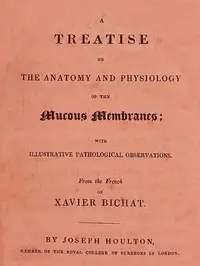
Treatise on the Anatomy and Physiology of the Mucous Membranes With Illustrative Pathological Observations
By Xavier Bichat
Discover the body's unsung hero in this exploration of the membranes that protect and serve, revealing their vital role in sickness and in health.
Genres
Released
2016-09-05
Formats
epub
epub3 (images)
mobi
mobi (images)
epub (images)
txt
Free Download
Summary
About the AuthorMarie François Xavier Bichat was a French anatomist and pathologist, known as the father of modern histology. Although he worked without a microscope, Bichat distinguished 21 types of elementary tissues from which the organs of the human body are composed. He was also "the first to propose that tissue is a central element in human anatomy, and he considered organs as collections of often disparate tissues, rather than as entities in themselves".
Marie François Xavier Bichat was a French anatomist and pathologist, known as the father of modern histology. Although he worked without a microscope, Bichat distinguished 21 types of elementary tissues from which the organs of the human body are composed. He was also "the first to propose that tissue is a central element in human anatomy, and he considered organs as collections of often disparate tissues, rather than as entities in themselves".
Total Reviews
10.0k
Total reviews from Goodreads may change

